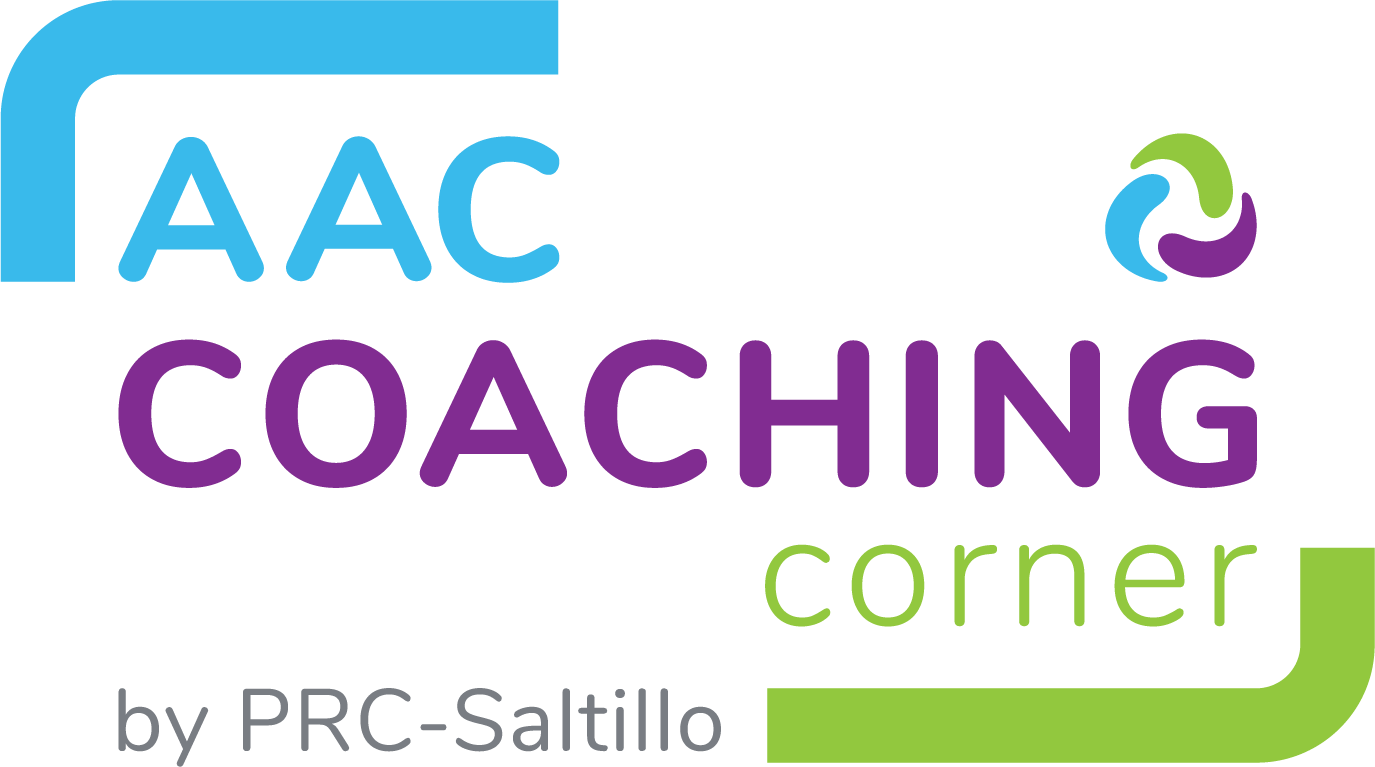
By Beth Waite-Lafever, MA-CCC/SLP-ATP
PRC Training and Implementation Specialist
What is the latest fall fashion for trendy school personnel? High waisted pants? Knee-high boots? Nope, it is the traditional school staff lanyard with a twist: Visual supports on your lanyard that promote literacy and language.
Visual supports have been determined to be an evidenced-based practice for helping students on the Autism Spectrum process information (The National Professional Development Center on Autism Spectrum Disorders, 2015). Making language visible helps provide concrete clues for individuals who have difficulty understanding or processing language and can include students with a variety of cognitive impairments; not just those on the Autism Spectrum. Including words on the symbol also offer literacy opportunities for the student to see the print as well as the symbol. You can use the symbols from your student’s communication system by using either free PASS software, Chat Editor, or in LessonPix.
By adding a few symbols that represent commonly used directions to your school lanyard, you are providing readily accessible visual supports at your fingertips to show student in seconds. For example, picture a busy classroom with students at their desks. It is time to line up for lunch. Most of the students will respond to the verbal direction to line up; however, Molly has difficulty understanding language and remains seated. The teacher looks at her and says “Molly, how many times do we have to tell you? It’s time for lunch. Stand up and come to the door”. Molly stays in her seat because she has difficulty understanding all the language that she just heard and is processing what it means. The teacher comes to her desk and physically attempts to help her stand up. Molly has sensory issues, and now drops to the floor because she does not like to be touched. The situation escalates, while other students and staff look on. The teacher remembers that Molly responds well to visuals but has no idea where she put the symbol of “go” that she has shown her before. Now Molly has dropped under her desk and is kicking. How could this have been prevented?
Rewind…..When the teacher notices that Molly isn’t moving toward the door after the first verbal direction, she slowly moves toward her and points to the symbol for “go” from the lanyard around her neck, while saying “Molly, it’s time to go to lunch”. Now, Molly looks at the symbol, sees the other students lining up, and moves toward the door without any physical interaction. By making the word “go” visible with a symbol, we have helped Molly understand the direction without the need for physical prompting to get up. Using visuals on school lanyards ensures that staff have the supports they need with them wherever they are; such as in the cafeteria, gym, playground, music, hallway.
Now Molly and her classmates are in the cafeteria. Molly finishes first and is ready to leave. Remembering that Molly responds well to visual supports to help her process and understand language, the paraprofessional goes over to her and shows her the “wait” symbol from her lanyard, telling her that others aren’t finished yet and she needs to “wait” for them to be done. Molly looks at the symbol, looks at the other students, and sits back down.
As the class walks down the hallway to return to class, Molly sees the doors that lead to the playground. She looks toward the door and then to the paraprofessional next to her. Molly has been known to try to exit the building on her own. The paraprofessional sees the way Molly is looking toward the door and quickly shows her the symbol for “stay with the group”, while telling her “we need to stay with the group”. By limiting the verbal language that she uses with Molly, in combination with showing her the symbol, Molly steps back in line and follows her classmateshttps://aaclanguagelab.com/resources/modeling-lanyards.
But, you may be thinking, my students won’t respond that quickly when I show them a symbol? And that is true for many individuals. Here is the magic: You need to use the symbol cards from the lanyard EVERY day as part of your routines. Show the symbol of “go” every time you move from one activity to another, not just when you leave the classroom. When you do leave the classroom, verbally remind the students to “stay with the group” while showing the symbol. Use the symbol for “wait” when you ask the students to wait while you grab something off your desk. Use the symbol of “break” when you are giving students a minute or two without tasks or before free time. Use the symbol for “help” when you offer to help a student, or when you ask them to help you. Point to the symbol of “look” to direct a student to look at you or a specific item. By adding in the use of these visuals to represent common directions, we are providing supports for understanding language, reinforcing the symbols that the students have on their communication devices, and potentially reducing behaviors associated with students not understanding. So accessorize your school wardrobe with the latest fashion craze: Make language and literacy visible on your lanyard today!
Common visual symbols to have on your lanyard:
- Go
- Stop
- Wait
- Break
- Help
- Quiet
- Sit
- Listen
- Stay with the Group
You must be logged in to post.
Making AAC Work - modeling, aided language stimulation, visual support, classroom














